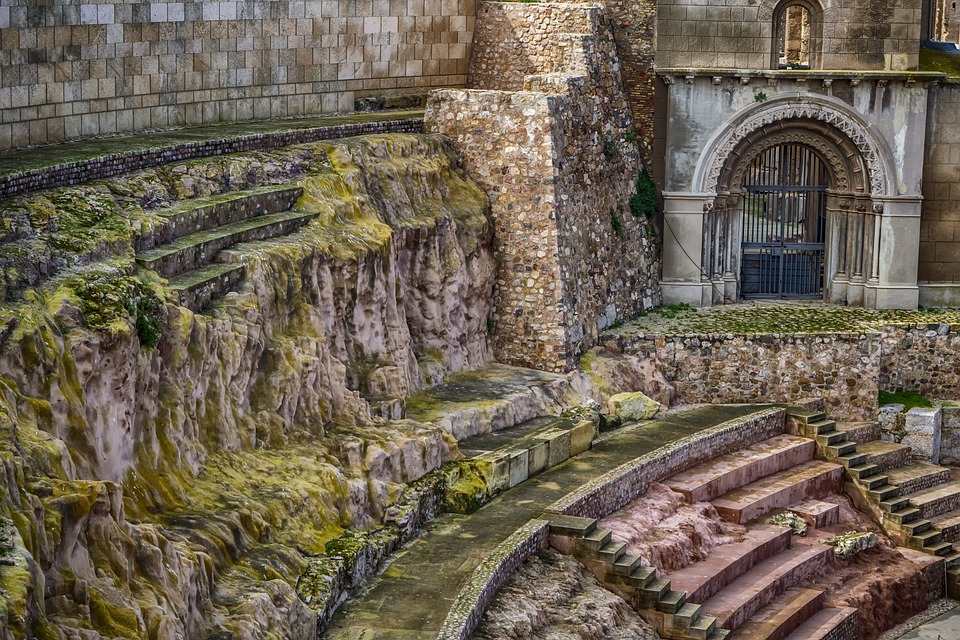Behind the Curtains: Exploring the Thrilling World of Theatre
Introduction:
The theatre has been an enduring art form for centuries, captivating audiences with its unique blend of storytelling, music, dance, and visual spectacle. Beneath the glitz and glamour of the stage lights lies a world of creativity, hard work, and collaboration that brings these stories to life. In this article, we will delve into the fascinating and thrilling world of theatre, exploring the often unseen aspects that exist behind the curtains.
The Aristotelian Roots:
Theatre has its roots in ancient Greece, where it was initially performed to honor the god Dionysus. The great philosopher Aristotle theorized that theatre served as a form of catharsis, allowing audiences to experience a release of emotions through watching the performances. Today, theatre continues to hold this power over its audiences and remains a platform for social commentary, self-reflection, and immersion into different worlds.
The Art of Performance:
At the heart of any theatrical production lies the performers who captivate audiences with their skilled portrayal of characters. Actors undergo rigorous training, honing their craft by studying acting techniques, improvisation, voice work, and physicality. Acting requires not only talent but also an understanding of psychology, embodying a character’s experiences and emotions to create a compelling narrative.
The Rehearsal Process:
Before the curtain lifts on opening night, countless hours are dedicated to the rehearsal process. Directors work closely with actors, blocking scenes, shaping performances, and guiding the overall vision of the production. Rehearsals involve intense collaboration, where actors experiment with different interpretations, meticulously refining their movements, dialogue, and timing. It is during this process that the foundation of the production takes shape, with attention to detail being paramount.
The Scenic Design:
Scenic design is a crucial element in creating the world in which a production takes place. Talented designers work closely with the director to translate the script’s vision into a three-dimensional reality. From building scale models and drafting blueprints to constructing detailed sets, the scenic design team brings the playwright’s words to life, setting the stage for the unfolding story.
The Costume Department:
The costume department plays a pivotal role in establishing a character’s identity and enhancing the visual experience. Costume designers meticulously research the historical and social context of a production, carefully crafting outfits that reflect the time, place, and personality of each character. Every seam, fabric choice, and accessory is thoughtfully considered, contributing to the overall narrative and aesthetic.
The Lighting and Sound:
Lighting design is a nuanced art form in itself, creating mood, atmosphere, and highlighting focal points on the stage. Lighting designers work in tandem with directors and actors to maximize the impact of every scene, strategically using color, intensity, and contrast to evoke specific emotions. Similarly, sound designers collaboratively curate an auditory landscape, incorporating music, sound effects, and ambient noise to enhance the audience’s experience and immerse them deeper into the world of the play.
The Technical Crew:
The technical crew is the unsung backbone of every production, ensuring the seamless execution of set changes, lighting cues, and sound effects. Stage managers, sound technicians, and prop masters work tirelessly behind the scenes, coordinating and operating the technical elements that make a production run smoothly. Their expertise and precision are crucial in maintaining the illusion on stage and ensuring that every performance is a success.
The Audience Experience:
Every theatre performance is a unique and communal experience. As the curtain rises, audiences become a collective witness to the artistry and dedication that goes into every production. The energy of live performance, the palpable tension, and the connection between the performers and the audience create a sense of shared amazement and emotional resonance. Theatre offers a space where people can come together, laugh, cry, and be transported to worlds both familiar and unknown.
Challenges and Rewards:
The world of theatre is not without its challenges. Long hours, rigorous schedules, and high expectations can place immense pressure on actors and crew members. However, the rewards are equally great. The thrill of connecting with an audience, the pursuit of artistic excellence, and the sheer joy of bringing a story to life are unparalleled. Theatre not only entertains but also educates, provokes thought, and fosters empathy within society.
Conclusion:
Behind the curtains of the theatre world lies a thrilling and multidimensional space where creativity, passion, and dedication intertwine. The collaboration and tireless efforts of countless individuals transform words on a page into an immersive experience that captivates audiences. From the actors who breathe life into characters to the designers who craft intricate worlds, every element comes together to create the magic of theatre. So, the next time you find yourself in a theatre seat, take a moment to appreciate the intricate web of talent and hard work happening behind the curtains, bringing stories to life in the most thrilling way imaginable.

